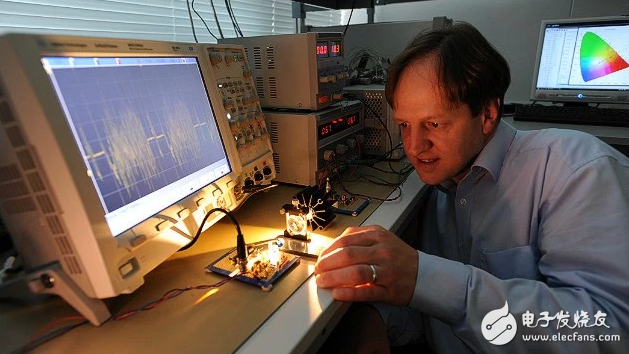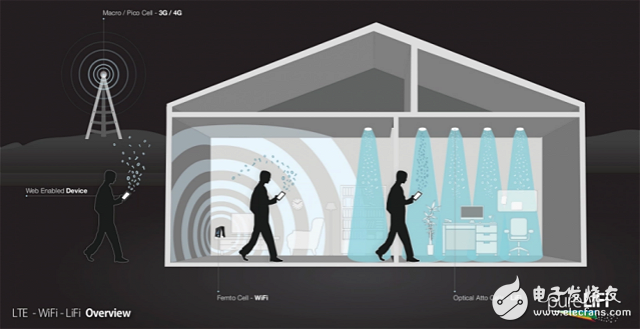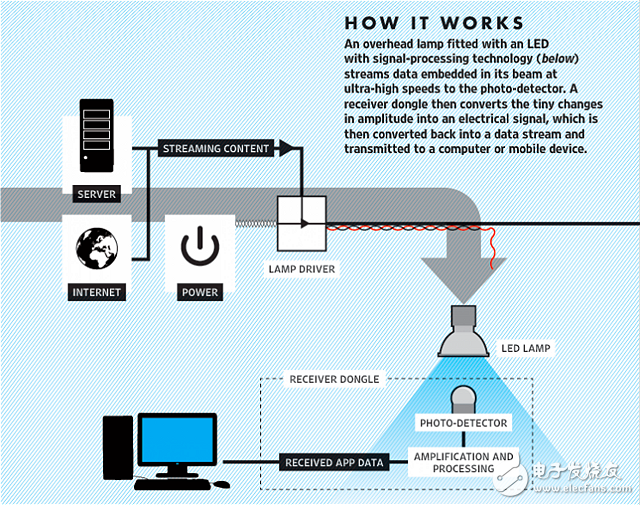Li-Fi, which has always been limited to the academic field, has received strong attention from outsiders, and some even think it will replace Wi-Fi. Estonian company Velmenni recently tested the technology and found that this kind of visible light wireless communication (Li-Fi) outperforms existing Wi-Fi in any aspect. But is this really true?

Velmenni's technology is called Jungru, which uses LED light to transmit data wirelessly at gigabit speeds with fast light pulses. The technology has a theoretical transfer speed of 1GB per second. Although Jungru's products are of commercial interest, they are still based on laboratory-level programs and diode-based model devices, rather than a final product that is likely to cause severe light pollution to the environment during data transmission.
Harald Hass, a professor at the University of Edinburgh in the UK, first demonstrated Li-Fi at the School's Digital Communications Institute in 2010, when Li-Fi was part of the D-light project. At that time, Harald Hass made a global TED talk, but in addition to several companies expressing interest, the technology has not yet been treated as a commercial product.

Li-Fi uses a network routing protocol similar to RF-band 802.11, as well as additional standards for eliminating the effects of interference and lighting environments. However, despite this, Li-Fi can't be deployed in outdoor environments where there is sun or other strange factors.
Although Li-Fi does have many advantages, such as not interfering with radio signals, and speed is much faster, it does not solve a very simple real problem - visible light can not penetrate the wall - this is also the old-fashioned Wi-Fi is still popular The key factor. This light limitation helps the safety of the control system to a certain extent, but it is still unclear what the minimum distance the signal will receive once the light is isolated. At this level, it is not difficult to imagine that a hacker can properly intercept a signal by simply adjusting a telephoto lens and an optical sensor.

LED bulbs using this technology do not appear to be visually different - the information encoded by the optical pulse is too small, and the transmission speed is fast and invisible to the naked eye. In addition, it is unclear whether this faster data transmission technology will increase the cost of LED lamps and optical detectors.
What is certain is that Li-Fi and other visible optical communication systems are growing in niche space, but router manufacturers can still spend some time with peace of mind.
10L Agriculture Drone,Spraying Drone,Uav Folding Drone,Uav Drone Crop Sprayer
Xuzhou Jitian Intelligent Equipment Co. Ltd , https://www.jitianequipment.com